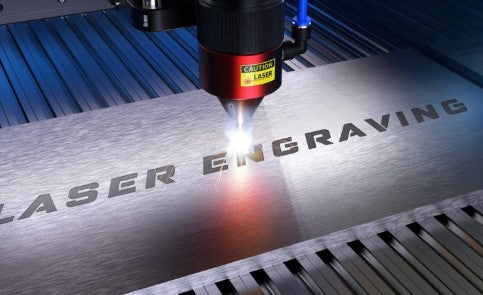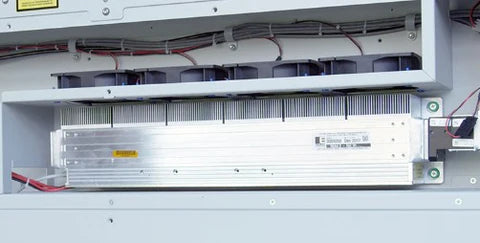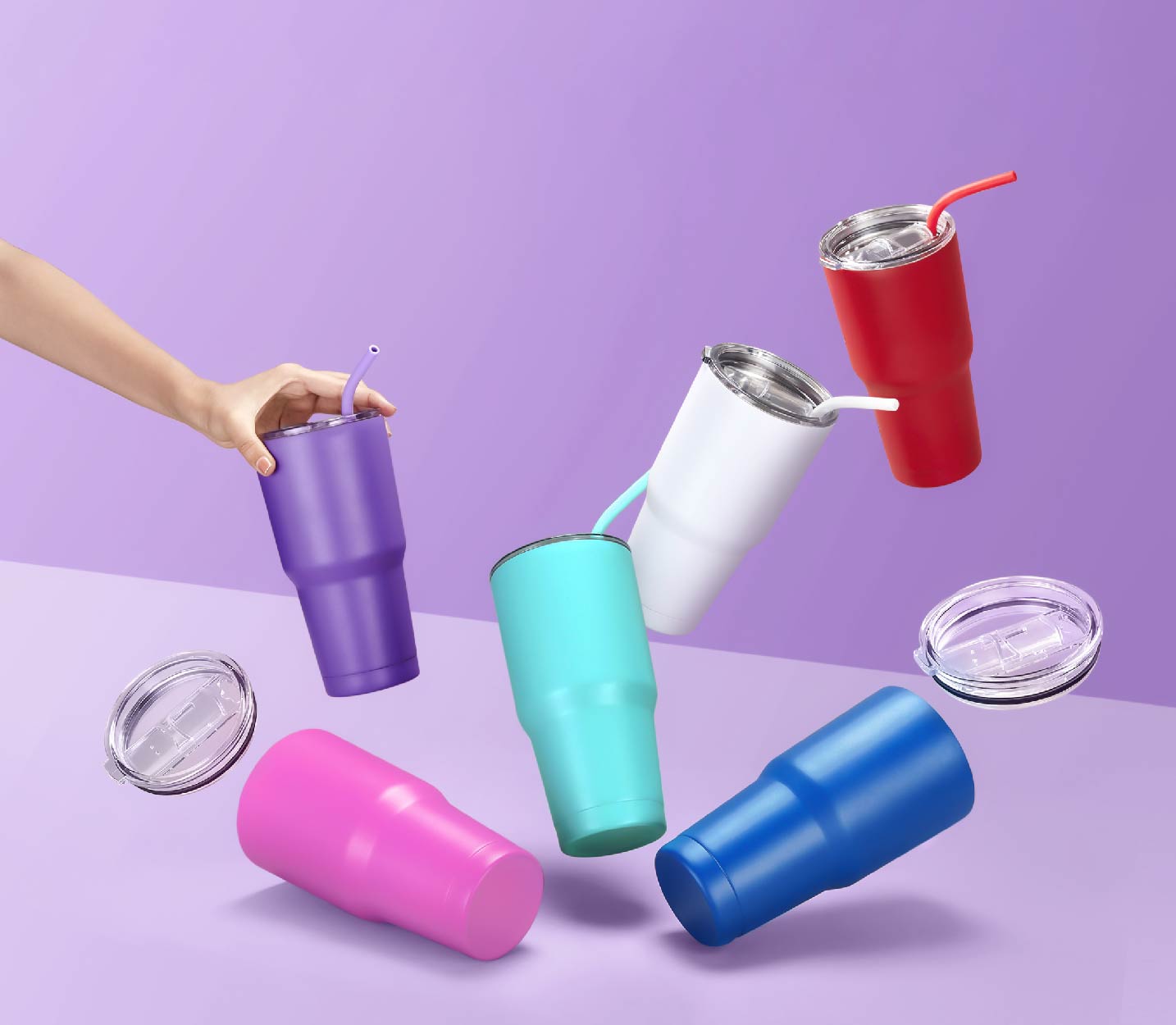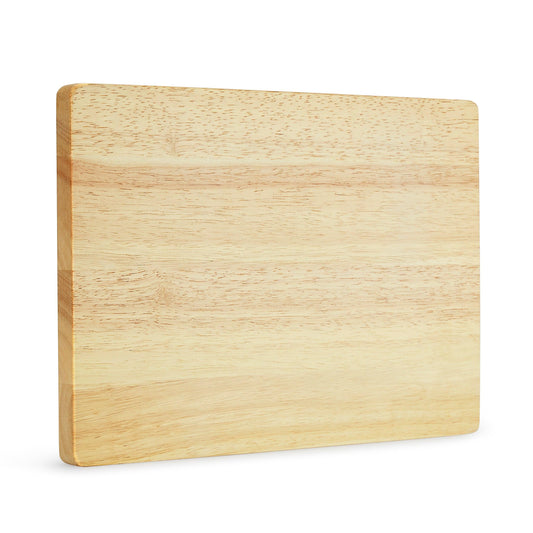DIY CRAFT GUIDE
Getting started wtih Laser Engraving

Laser Machines
There are many laser types and brands available in today’s market. When you’re looking to purchase a CO2 laser machine, there are a number of points to consider, one of them being which type of laser tube the machine uses as its laser source. The two main options you’ll come across are water-cooled glass tubes and air-cooled metal tubes.

CO2 Glass Laser Tubes

CO2 Glass Laser Tubes
Water-cooled glass tubes are often an enticing option, primarily because of their lower cost. Glass tubes produce good-quality beams that work well for laser cutting. However, glass laser tubes come with a number of drawbacks.
Nearly all glass tubes need to be water-cooled. Glass is a poor thermal conductor, which means circulating water is needed to assist in the removal of heat. Without a water cooling system, a glass laser tube would overheat and become inoperable. There are also concerns regarding the lifetime of glass tubes. For these reasons and many others we recommend going with a metal laser tube.
Read the Instructions: Familiarize yourself with the manufacturer's instructions for the specific resin you're using. Ensure your workspace is clean and dust-free to prevent imperfections.

CO2 Metal Laser Tubes

CO2 Metal Laser Tubes
CO2 metal laser tubes are air-cooled and their gas is excited by radio frequency alternating current (RF). Properly regulating temperature only requires fans, which are built directly into our machines. This not only reduces your spatial footprint, it also removes the need for (and cost of) additional equipment, and it limits the number of items that need maintenance. Plus, it avoids the safety concerns presented by water cooling around high voltages. With metal laser tubes, you get both laser cutting and laser engraving of the highest quality, along with the confidence that the laser will last much longer, will engrave faster, and will be much safer.
Basic Terminology
Basic Terminology
Laser output power
The power of the laser source is measured in watts. Depending on the machine you are considering you will have power options for your laser source that range from 5-150 watts for CO2 laser tubes. The higher the watts then the more powerful the laser will be. The more powerful then the deeper and faster you may be able to mark the material.
Focal Length (focus)
CO2 laser systems are typically equipped with one standard 2.5'' focal lens for all the CO2 systems manufactured, but it can change depending on the application. The most common laser lenses are 1.5'', 2'', 2.5'' and 4''. All of the lenses are suitable for both cutting and engraving. It is crucial to always make sure your material and laser are in focus to be able to properly mark/cut.
Working area
This refers to the max engraving area the machine can reach. Some laser machines offer a “pass-through” door which allows you to fit longer items.
Max workpiece height (Z)
This refers to the max height of a product that can fit inside the laser machine. Always check with the manufacturer before making a purchase to ensure it will fit the items you want to engrave.
Equipment considerations
Equipment considerations
When planning for your laser machine you should first consider having enough working space. Some lasers are small desktop sizes and others can take up many square feet in your shop. Additionally, ensure you have the proper power to plug your machine in - typically it’s either 110V or 220V. Other items you’ll want to consider are; computer, graphics software, exhaust/blower setup or extraction machine, and an air compressor.

What can you engrave?
Wood, paper, cloth, plastic, acrylic, rubber, leather, cork, glass, painted or coated materials

What can you engrave?
Wood, paper, cloth, plastic, acrylic, rubber, leather, cork, glass, painted or coated materials
The great thing about CO2 laser machines is that there is a wide variety of materials you can engrave or even cut. You can etch just about anything - these materials include; wood, paper, cloth, cardboard, plastic, acrylic, rubber, leather, cork, glass, painted/coated metals (CO2 lasers can not mark bare metal unless its anodized or applied with Cermark), ceramics, and stone.







